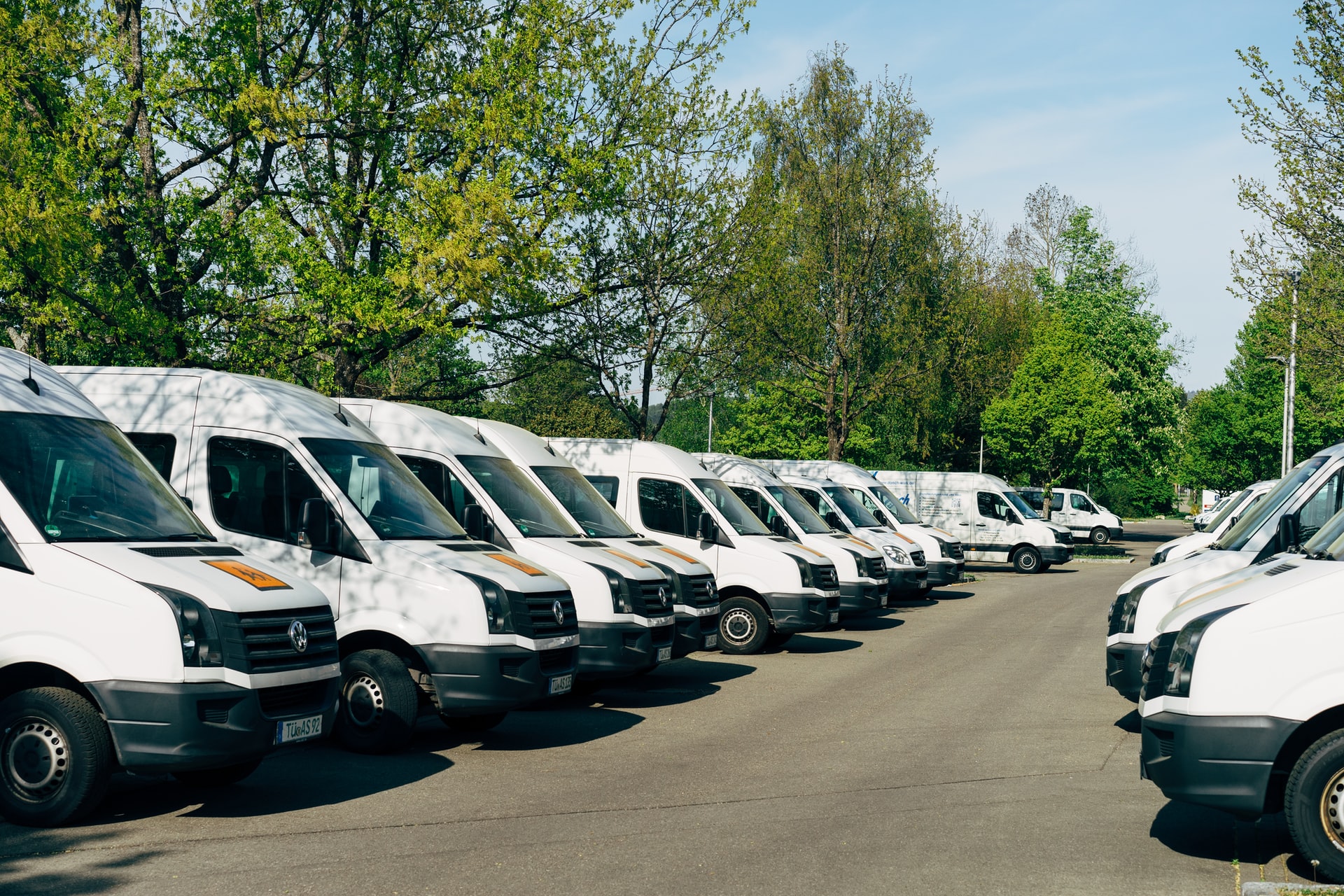When you hear the screech of an emergency vehicle, you can easily get overwhelmed by the noise and the knowledge that someone near your location needs urgent help. To ensure you don’t hinder the helpful workers, you should know how to respond correctly to their sirens. Emergency vehicles include Ambulances, Fire Trucks, Police Cars, and even private vehicles owned by emergency workers.
What Do You Do When You Hear A Siren?
The National Highway Traffic Safety Administration, also known as the NHTSA, has an easy-to-remember trick to help you recall what to do when you see emergency vehicle light or sirens. They ask you to use the SIREN acronym.
When put together, the first letter of every section reads SIREN. So when you hear the screech, remember the name and then recall this information:
- Stay Alert
When you hear the siren go off, you need to stay alert to the environment around you. With a blaring noise surrounding you, it can be easy to become distracted, leading to another emergency to which the service has to respond.
However, as you concentrate on the road, you should also listen to how many vehicles you might hear. For example, if one emergency vehicle passes you, but you still hear or see the lights of another car behind you, then you know that you still need to let vehicles pass. You also need to be aware of an emergency that requires Medevac companies to get emergency patients for medical care as soon as possible.
- Investigate
While you are actively listening for the sirens, your next job is to investigate the best move forward. You should use your mirrors to determine the speed of the emergency vehicle and consider the other drivers around you. Using this information, you can assess how to pull over safely.
- React
While evaluating your situation, be sure to react quickly yet calmly. Do not slam on the brakes as soon as the sirens start. Instead, react with caution and quick understanding.
- Enter
After the emergency vehicle has passed, you should scan your surroundings before re-entering the road. More emergency vehicles could be on their way, so stay on high alert.
- Never
Lastly, it would be best to never stop in an unsafe place. There is normally only one way to respond to an oncoming emergency vehicle, and that’s to pull over. But just because that is the end goal doesn’t mean you can complete it immediately. Wait until you have a safe place to pull over.
The Best Option When You See An Emergency Vehicle Approaching
The first thing you should attempt to do when you hear or see an emergency vehicle is to pull over to the edge of the road. When doing this you should stay clear of any intersection. When pulled in, you should stop moving. If there are pedestrians along the sidewalk, you shouldn’t drive toward them. Instead, wait until you find a space free of possible collisions.
When you have found a safe place to pull over, you should keep your vehicle still until the sirens have passed. Several emergency vehicles might be coming your way, so be sure to watch out for others before re-entering the road.
While stopped, keep your foot on the brake. This will tell the emergency vehicle that you have stopped for them or are actively trying to stop for them.
What You Shouldn’t Do Next To An Emergency Vehicle
Some drivers are opportunists, and when they see an emergency vehicle making space on the roads, they try to steal the newly open space. Do not do this. It would be best if you never raced after an emergency vehicle. Doing so could cause additional accidents.
The space the sirens created may also be useful for other emergency vehicles following behind. Leave this space for them, and only merge back into the road when you are sure no more emergency vehicles are coming.
Lastly, you should never pass an emergency vehicle flashing its lights. This is because there may be people on the road or debris which can cause additional damage. Only pass the vehicle if emergency personnel explicitly allow you to.
What Do You Do If Stopping Isn’t Possible?
If stopping isn’t possible, you should continue down the road until you find a safe place to pull in. Do not speed to find this location as it could cause another accident.
Summary
Keep the acronym “SIREN” in mind whenever you hear the call of an emergency vehicle.







